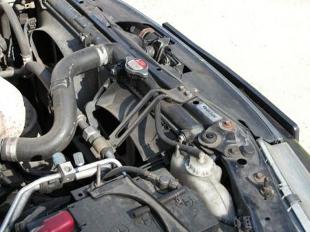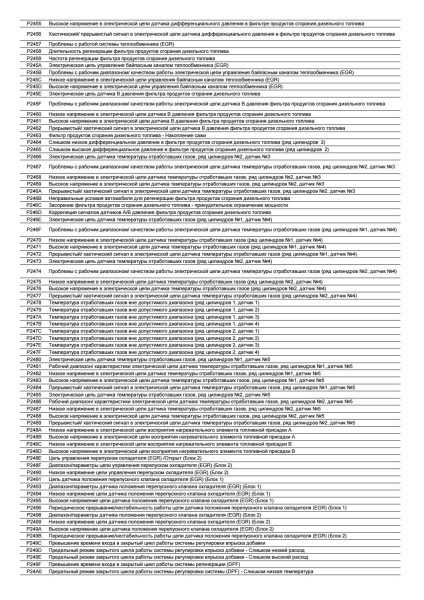
Ugh so hot
 In hot weather, the cooling system works in difficult conditions and even the smallest malfunctions make themselves felt.
In hot weather, the cooling system works in difficult conditions and even the smallest malfunctions make themselves felt.
In order to drive the entire season without problems, it is necessary to carefully check the condition of the cooling system.
An internal combustion engine generates a lot of heat and requires a cooling system to maintain the correct operating temperature and prevent the drive unit from overheating. High temperatures in the summer mean that small faults that did not show any symptoms during the cold months disappear quickly in hot weather.  to uncover. To avoid the worst i.e. stop the car while driving, you should check the cooling system.
to uncover. To avoid the worst i.e. stop the car while driving, you should check the cooling system.
The first and very simple operation is to check the coolant level. The efficiency of the system depends mainly on it. The liquid level is checked in the expansion tank and must be between the min and max marks. If there is a need to refuel, this should be done carefully and preferably on a cold engine. In no case should you unscrew the radiator cap if the system is overheated, because the fluid in the system is under pressure and, when unscrewed, can severely burn you. A little fluid loss is normal, but if you need to add more than half a liter of fluid, then it is leaking. There can be many places for leaks, and we recognize them by a white coating. Potential damage sites in a car that is several years old include the radiator, rubber hoses, and water pump. Fluid leaks often occur after an unreliable gas installation. However, if you don't see any leaks and there is less fluid, it's possible that fluid is entering the combustion chamber.
A very important element of the cooling system is the thermostat, whose task is to regulate the flow of fluid in the system and thus ensure the desired temperature. A broken thermostat on a hot day in the closed position will make itself felt after driving a few kilometers. The symptom will be a very high temperature reaching the red area on the indicator. To check if the thermostat is damaged, touch (carefully) the rubber hoses that supply fluid to the radiator. With a large temperature difference between the hoses, you can be sure that the thermostat is faulty and there is no fluid circulation. The thermostat can also break in the open position. A symptom will be an increased warm-up time of the engine, but in the summer on many cars this defect is almost invisible.
However, it may happen that, despite the operating thermostat, the engine overheats. The cause may be a faulty radiator fan. In most vehicles, it is driven by an electric motor, and the signal to turn on comes from a sensor located in the engine head. If the fan does not work despite the high temperature, there may be several reasons. The first is a lack of power due to a blown fuse or a damaged cable. The fan layout can be checked very easily. You just need to locate the fan sensor, then unplug the plug and connect (connect) the wires together. If the electrical system is OK and the fan is running, the sensor is faulty. In some cars, the fan sensor is located in the radiator and it may happen that the system is working, the fan still does not turn on, and the system overheats. The reason for this is a damaged thermostat, which does not provide sufficient fluid circulation, so the bottom of the radiator does not heat up enough to turn on the fan.
It also happens that the entire system is working, and the engine continues to overheat. This could be due to a dirty radiator. After several years of operation and several tens of thousands of kilometers, the radiator may be covered with dried dirt, leaves, etc., which greatly reduces the possibility of heat dissipation. Clean the radiator carefully so as not to damage delicate parts. The cause of overheating of the engine can also be a loose water pump drive belt, a poorly functioning ignition or injection system. An incorrect ignition or injection angle or the wrong amount of fuel can also increase the temperature.
